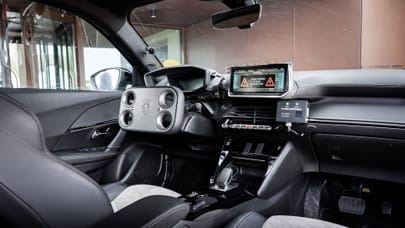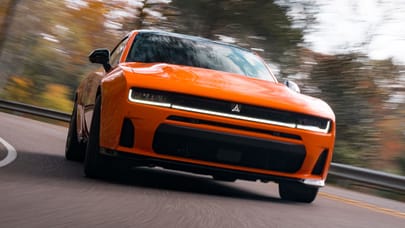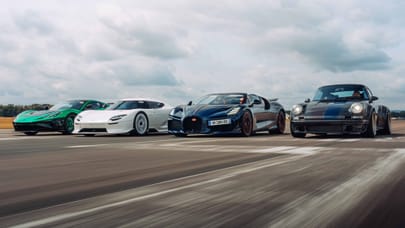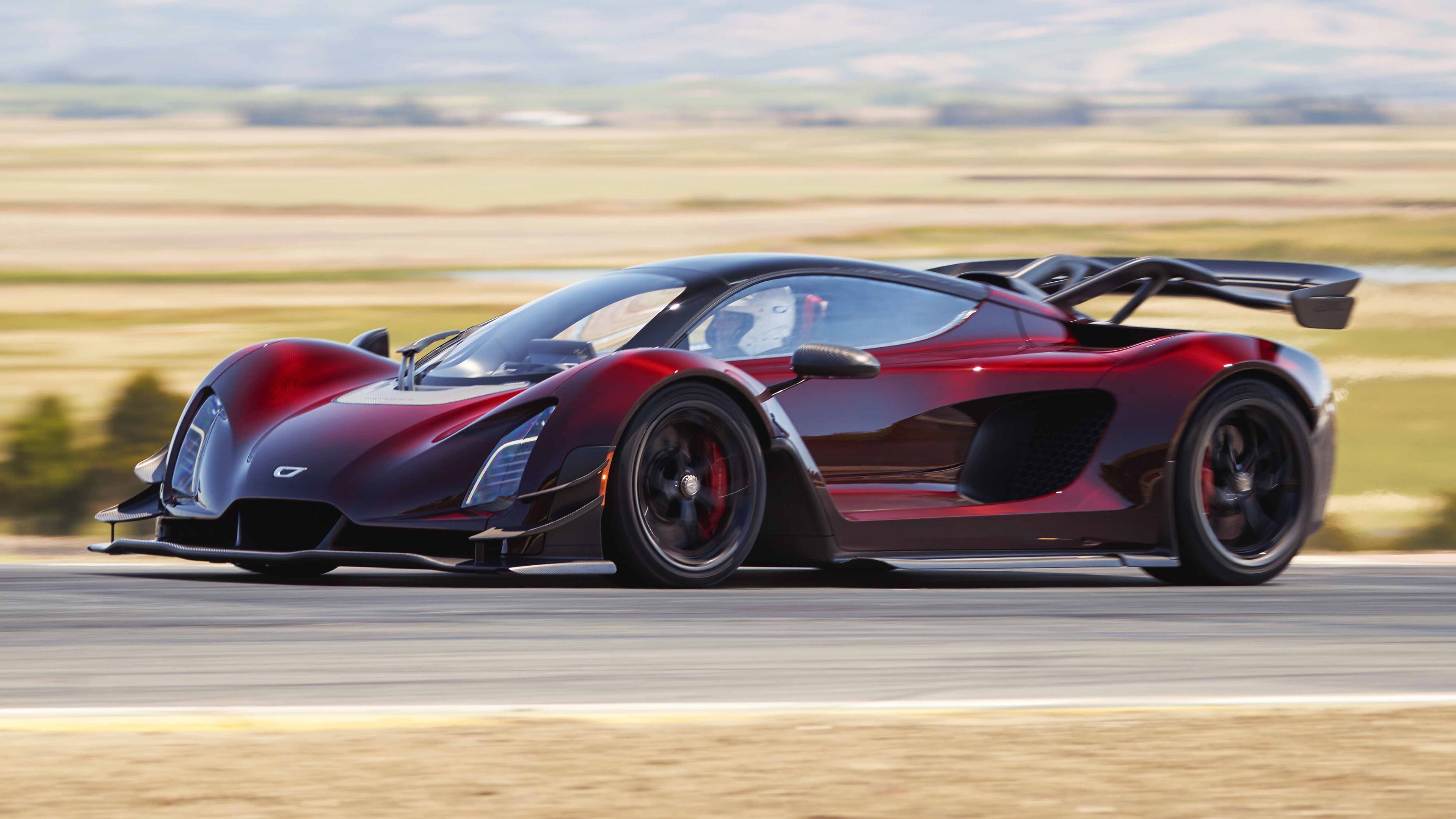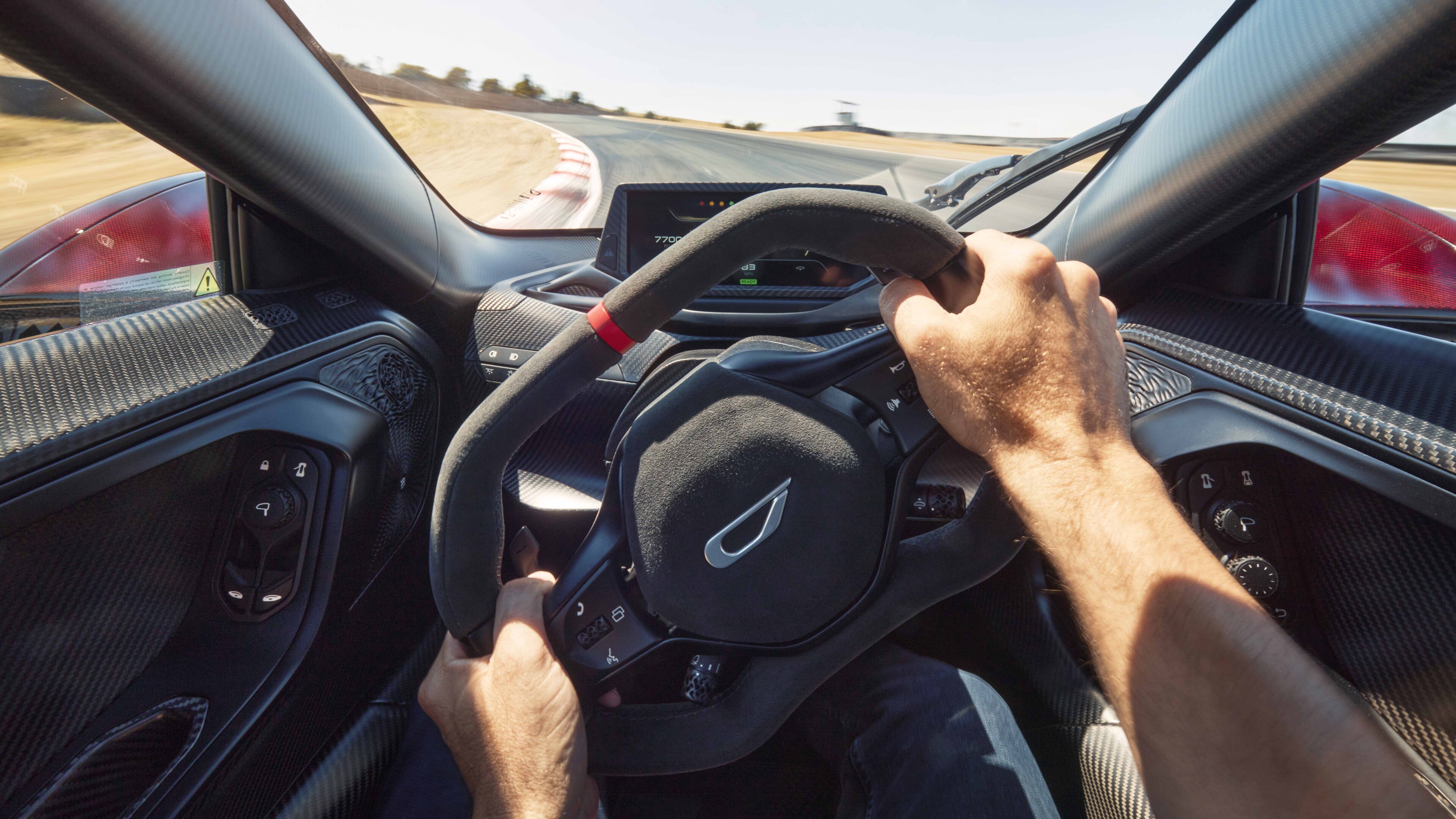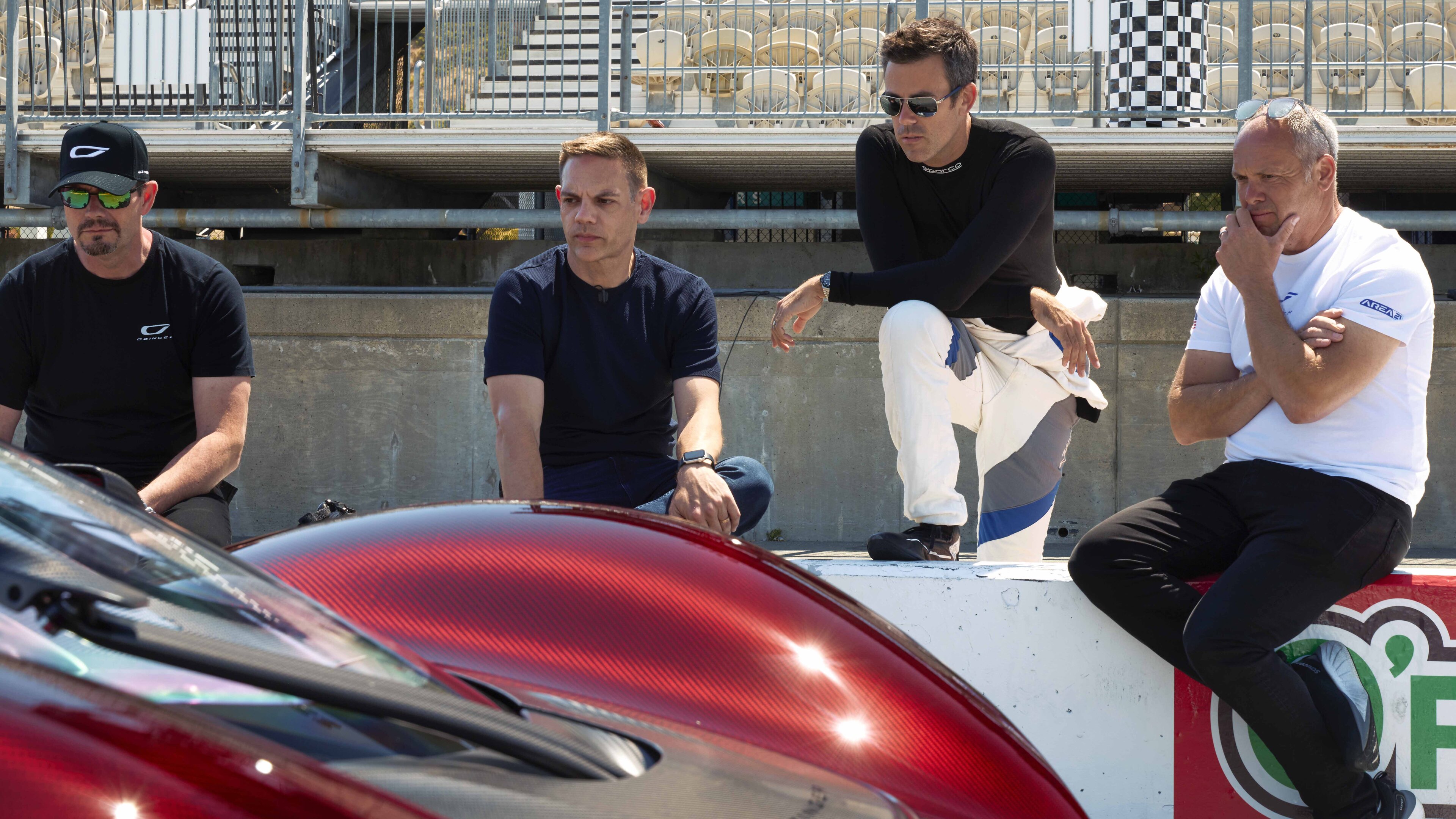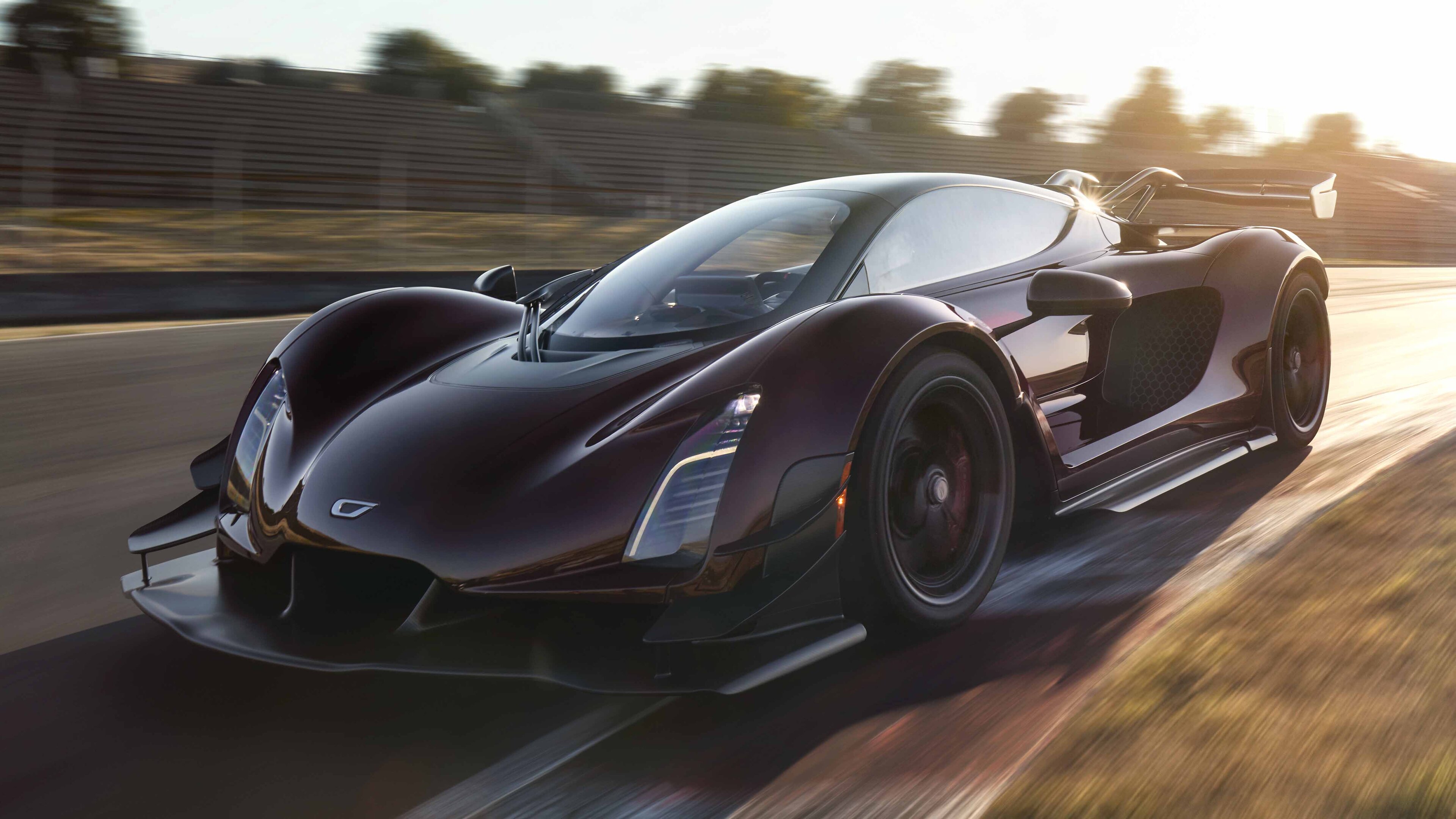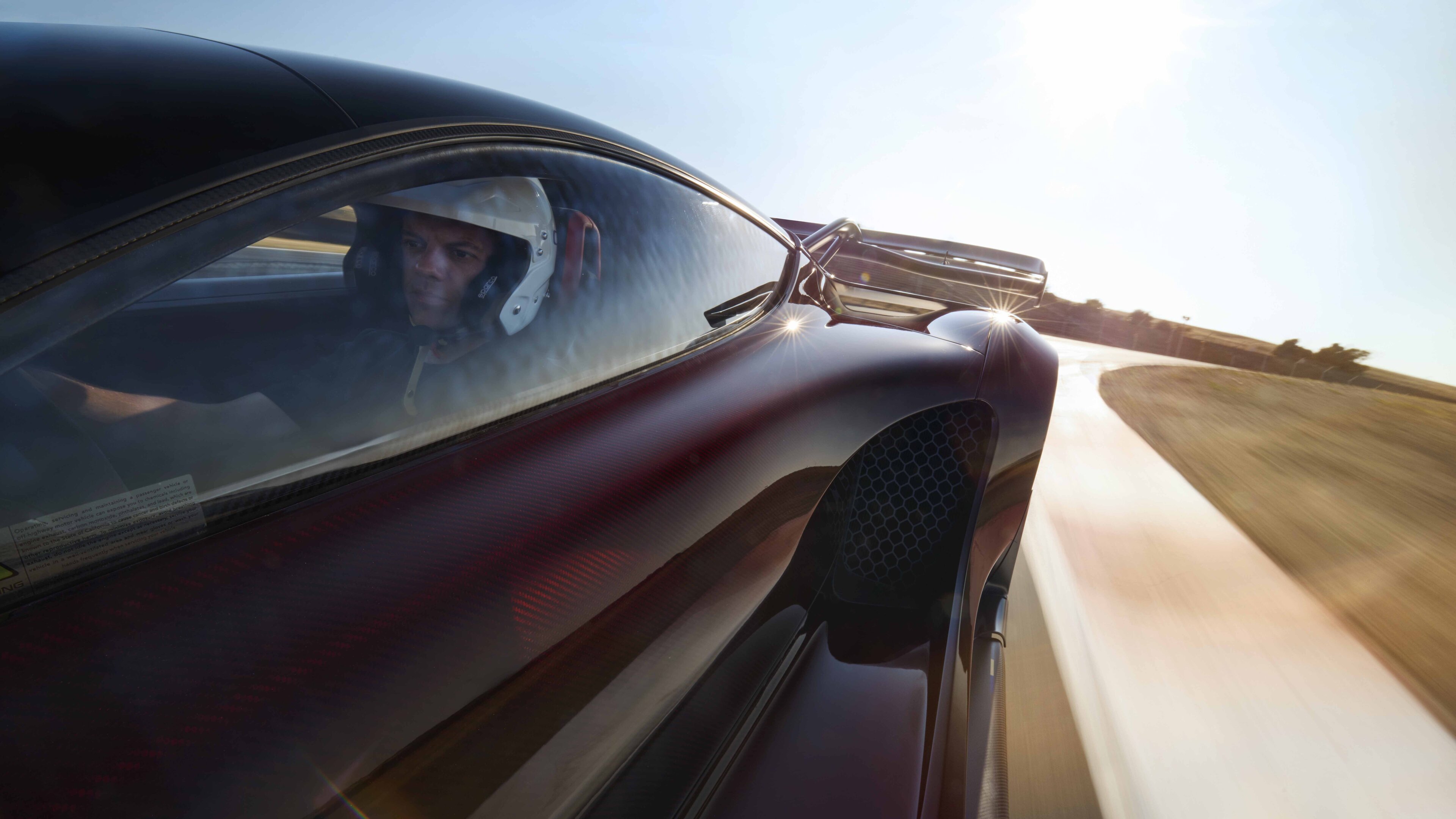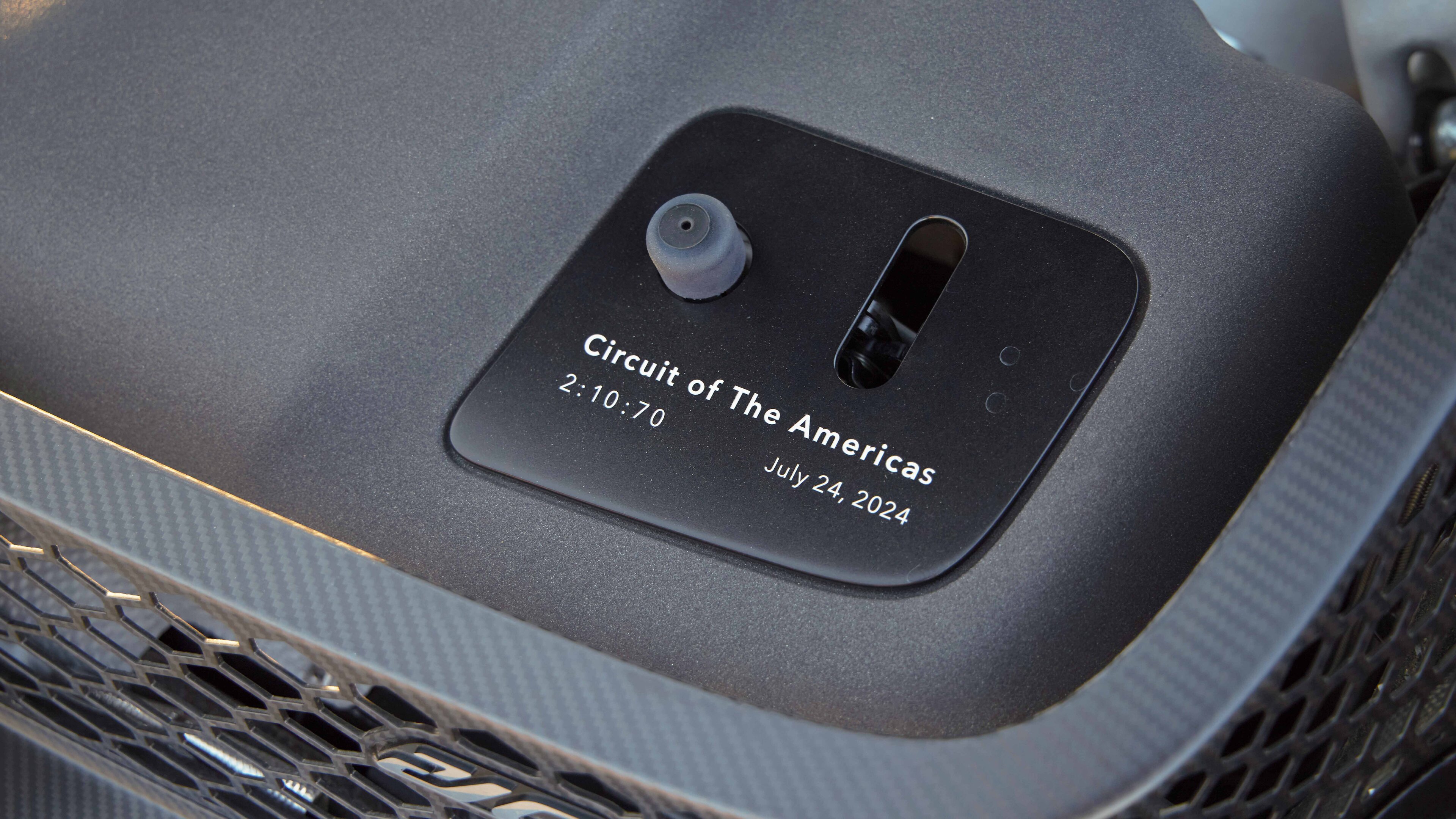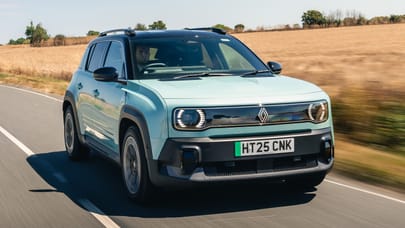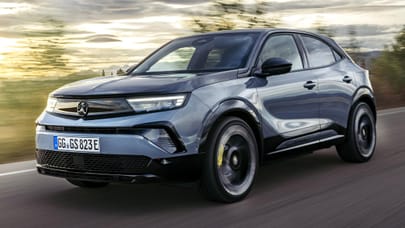
Czing and a prayer: flat out on track in Czinger’s 3D printed 21C hypercar
You’ve heard the name and seen the lap records tumble, now Californian startup Czinger’s 21C hypercar is ready to drive...
Too good to be true. That was my first thought when I first met Kevin and Lukas Czinger and heard about their vision for a new way to design and produce high quality, high performance components and whole vehicle concepts. A closed loop, AI driven approach that eliminates expensive tooling costs, allows rapid iteration and creates perfectly optimised, lightweight components through 3D printing.
Even as I held the part organic, part alien suspension structures in my hands and watched subframes emerge from a box of atomised aluminium alloys, the scale and scope of the ambition and potential was too much for my brain – still stuck in the old ways – to fully comprehend and accept. That was five years ago.
In 2024 I visited Czinger and sister company Divergent once again. The facilities in Irvine, California had grown and Kevin’s incredible belief, almost zeal, in the heavily patented design and production process was fully borne out. The Divergent facility was simultaneously producing parts for Bugatti, Aston Martin, McLaren, SpaceX and the military. Next door at Czinger the 21C was entering the final phase of development, too. Divergent has invested around $1 billion in its visionary Divergent Adaptive Production System and the Czinger 21C is intended as a lap record destroyer to showcase the full extent of its powers. Today, it’s time to drive.
Photography: Greg Pajo
On a cool, hazy morning at Sonoma Raceway, the 21C looks almost as alien as the sprawling weblike structures beneath its carbon fibre bodywork. It’s wide and incredibly low but with an SR-71 Blackbird inspired ‘1+1’ seating arrangement, the passenger cell is slim and has an organic, teardrop shape. Of course, aside from Top Gun vibes and the perfection of a central driving position, the configuration is also fantastic for aero optimisation. And the 21C has a lot of aero. Czinger claims 1,200kg of downforce at 100mph and 2,552kg at 200mph.
Open up the rear deck lid with the gorgeous and vast swan neck rear wing (which balances out the massive front splitter and dive planes), and beyond the distractingly beautiful suspension rockers and subframe you’ll find a 2.9-litre twin turbocharged V8 producing 750bhp and 397lb ft. It revs to 11,000rpm and drives through a seven speed single clutch, but twin barrel gearbox. The internals are by XTrac and the casing is 3D printed in house.
The engine is supplemented by an 800V electric drive system consisting of a crank driven MGU that can deliver up to 200bhp into the battery and two further electric motors for the front axle, powered by a small but power dense 4kWh battery split and located in each sill. Total output is 1,250bhp and 692lb ft. Czinger claims 0–60mph in 1.9 seconds and 0–124mph in 4.8 seconds. About a second quicker than the Ferrari F80.
Press a little rubber button located at the very rear of the double length door in the gaping side intake and the journey into a whole new world begins. The billionaire door rises up and the driver’s seat feels a very long way away. Czinger’s support team suggest sitting on the wide carbon fibre sill, then swinging legs across and down into the footwell. It’s not the most elegant process but access is considerably easier than the Aston Martin Valkyrie, for example. And the view is worth the effort. You sit so far forward that the wheelarches don’t frame the view ahead. Instead they’re just in your peripheral vision.
So, it’s just the small lozenge shaped wheel, the simple, clear screen beyond it mounted on a 3D printed structure and the road ahead. Fittingly, you feel right at the front of a very fast projectile. The jet concept seems like something a seven year old might come up with, but aren’t supercars and hypercars meant to bring out the kid in all of us? Job done. I would giggle, but want to create an illusion of professionalism.
Looking for more from the USA?
Top Gear
Newsletter
Thank you for subscribing to our newsletter. Look out for your regular round-up of news, reviews and offers in your inbox.
Get all the latest news, reviews and exclusives, direct to your inbox.
Later I’ll notice the signature 3D printed woven metal brake and accelerator pedals, thumbwheels and switches on the steering wheel, but for now, I just want to drive.
The Czinger guys are cool. They get it. The briefing goes a bit like this. “The start button is on the panel behind and to the right of the steering wheel. On the left you’ll find the modes. Today you can forget Street (which prioritises electric driving) and Sport (which always runs the ICE but is softer edged). We’d suggest Track mode first, then Track+ mode, which lowers the car by 25mm and really changes its character and capability. And don’t forget to turn off the traction and stability controls as soon as you’re comfortable...” Considering the 21C costs £1.6m, just 80 will be produced and this is a customer car, it’s an enlightened and welcome attitude.
However, my experience of Sonoma’s blind brows, tricky kerbs and high speed sections is minimal and learning it in a car with 1,250bhp is not ideal. The traction control can stay for the foreseeable. Besides, there’s so much to take in that the absolute limits of the 21C’s capabilities seem well out of reach in these exploratory laps. Alien? Not quite, but certainly this is a unique and intriguing new flavour of hypercar.
Perhaps the crash helmet dulls the sensations slightly – the V8 starts and idles with a busy, tightly wound, high energy feel but the volume and tone isn’t going to capture hearts and minds like, say, a GMA T.50. The gearbox is much smoother and quicker than I’d expected, though. Small manufacturers always choose a single clutch solution for cost purposes and then claim it’s for weight. But, cynicism beaten, the box is a step up from that fitted to a Pagani Huayra BC, for example.
Better yet is the lovely weight and sense of connection to all the controls. The steering is very fast but has enough heft to create a feeling of responsiveness rather than intimidating dartiness. Czinger uses a brake by wire system but the feel is superb. Perhaps the pedal pressure required will be too much for some, but for me it’s a lovely hybrid between a full racecar setup and road car application. Early signs are good.
The driving environment really is superb. Sadly, this car doesn’t have the more supportive race seat and the yoke-like steering wheel (the top of the wheel does restrict the screen view for me), but that barely detracts from the amazing single seater feel. More accurately an old school single seater before ever tighter safety cells and halos. Lando or Max would love this kind of uninterrupted and panoramic vantage point.
Quality and a sense of cohesion really do sweat from every part of the Czinger. It might be a showcase for Divergent’s bleeding edge technology and owe many of its design solutions to AI modelling, but there’s a mechanical, connected feel to the driving experience and an ironfisted sense of control from the inboard pushrod operated suspension and ZF dampers.
However, there are a few details pulling me out of the best parts of the dynamic range and nagging at me not to push too hard too soon. Perhaps the most difficult to mitigate is throttle mapping that feels way too binary to me. With all this power you want progression but the 21C’s system is closer to a Jacques Villeneuve-style ‘switch’ setup. In fairness, the travel feels pretty natural once you’ve crossed the tip-in point, but it’s at the top of the pedal you need calm accuracy. Instead I find myself upsetting the car mid-corner and having to back out completely to reset my inputs and the car’s composure.
There’s also a huge amount of power going through the 265-section front tyres and there’s no question the steering suffers from a bit of corruption. Sonoma has plenty of off camber moments and is a pretty gnarly surface in places, and the jumpy throttle and instant ramp-up of power to the front wheels can snatch the car off your chosen trajectory at times.
Czinger admits there’s a little work to be done here and it hasn’t fully unlocked the potential of torque vectoring from the front wheels, either. For me, unleashing the engine a little more and perhaps reducing the load on the front axle would increase confidence and a feeling of purity. The Blackbird Edition of this car (limited to just four) sees ICE power jump to 850bhp, so there’s scope to follow this path.
No complaints about the performance, though. The 21C feels ballistic and despite the mix of electric and combustion the real good stuff is way up beyond 8,000rpm. It feels faster than the F80 and doesn’t appear to derate as often. This car with the monster downforce tops out at 205mph but opt for the smoother, longtail vmax configuration and Czinger claims a 253mph top speed. Absurd as that sounds, the 21C feels like it has the power to get there.
What else would I change? Perhaps I’d add a bit more drama to the shift. The F80 sets a new standard in this regard but even a McLaren-style ignition crack on upshifts would add to the sensory experience. There was talk of the engine having 950bhp a few years ago and you do sense it’s been slightly turned down. This is a fully compliant car in the US, which is a huge achievement, but maybe that process has diluted the character just a smidge. America’s most visionary hypercar should have a very American display of shock, awe and overwhelming firepower.
My final stint in the car is with Track+ selected – lowering the car 25mm – and the electronic interventions removed. Sonoma is an intimidating place but I’m slowly gaining track knowledge and it feels like time to see what’s out beyond my comfort zone. The team encourages me to use all the revs, all the time and generally get stuck in. Immediately the car feels more agile but simultaneously demonstrates even greater stability.
The high speed corners are so satisfying and the car is just absolutely locked down. So much so that the meaty steering suddenly feels pretty bloody heavy. Apparently some customers have expressed this concern and, now, I see their point. I love the sheer physicality of it, though. The brakes are absolutely superb and the jutting front splitter will just emit a telltale ‘skrsssh’ if you really get into them in the bumpy braking zones. Again, this is proper racecar stuff and makes you hoot with joy rather than wince.
On a heaving, plunging, wickedly unforgiving circuit, the Czinger is an unbelievably vivid and immersive experience
What of the front axle distraction? The faster you go the less it seems to crop up and the more the rear end starts to dominate. I’d still prefer to turn it down further, but the 21C slips into oversteer juuuust so on corner exit and there’s no question that the traction out of slow corners is stunning. Later, on a deeply uncomfortable ride with test driver Joel Miller, I witness his technique. Where I’m trying to stay on throttle through an off camber corner and finding little spikes of oversteer, he turns in hard off the power to get the rear sliding, waits a beat or two for the car to settle and then pulls the pin. The results are spectacular. This is a car with layers, much like those fascinating 3D printed parts.
Even just scratching the surface is a thrill. The engine is at its best with the shift lights blazing, the box is quick and smooth enough that you never really think about it and the chassis and aero balance feel brutal but in an engineered, consistent way. The 21C doesn’t have the light, poised and super alert feeling of the Valkyrie, but the hunkered down, all conquering, seek and destroy character is unique and compelling in ways I hadn’t imagined. The performance is huge and working out how to extract it is properly thrilling. On a heaving, plunging, wickedly unforgiving circuit, the Czinger is an unbelievably vivid and immersive experience.
Perhaps the most important thing is that the 21C feels unlike anything else. It doesn’t ape other players and try to raise the bar with infinitesimal improvements. Instead it takes a whole new way of developing and producing a car and weaponises it with the technical and creative minds of ex-F1, aerospace and SpaceX engineers. Throw in a bit of Californian can-do positivity, a sprinkling of skunkworks energy inspired by the SR-71 and characters like Jim Hall of Chaparral and it’s a heady, uniquely American story. With a pretty killer conclusion.
The 21C is something new but clearly rather extraordinary, too. It’s scary to think this is a first time effort by a brand new company. But each of the 80 cars represents just the end of the beginning for Czinger. What comes next? Probably something that seems too good to be true. I won’t be so surprised next time, though. Normal rules don’t really apply round here.





